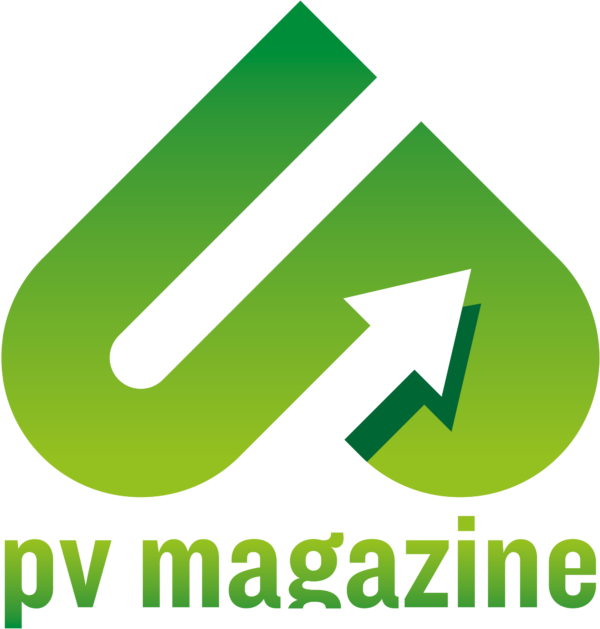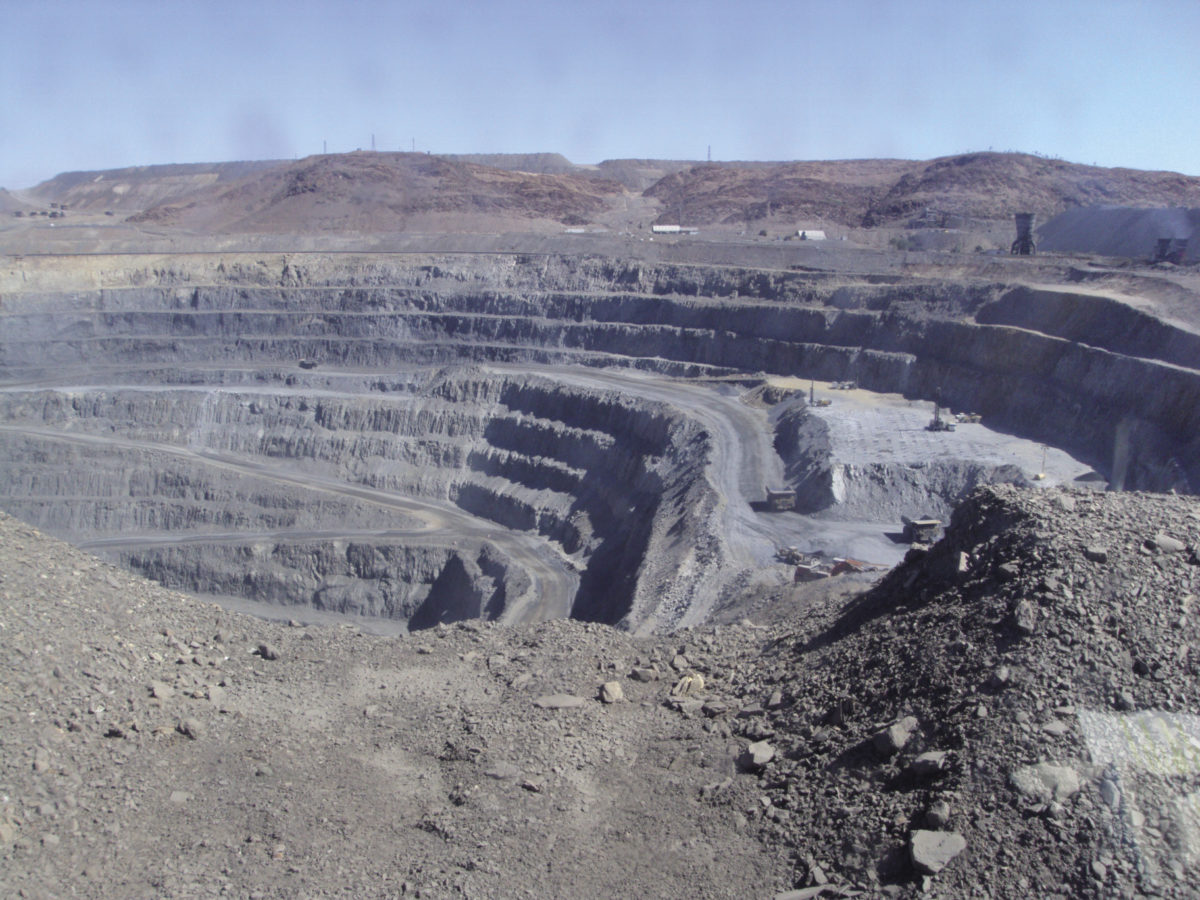From pv magazine 12/2019
 Lead is toxic, and yet it can be found everywhere. This is due in part to man-made emissions. In the past, the heavy metal was released into the environment through the addition of lead to gasoline. Today, according to the German Environment Agency, a large part of this pollution is also caused by car tires and brakes. And in fossil-based power plants, a whole cocktail of heavy metals is released through their smokestacks.
Lead is toxic, and yet it can be found everywhere. This is due in part to man-made emissions. In the past, the heavy metal was released into the environment through the addition of lead to gasoline. Today, according to the German Environment Agency, a large part of this pollution is also caused by car tires and brakes. And in fossil-based power plants, a whole cocktail of heavy metals is released through their smokestacks.
A crystalline silicon solar module also typically contains around 12 grams of lead. That’s about as much as is present on average in a patch of humus-rich European topsoil about the same size as a module, and 25 cm deep. It is also one-tenth of what is permitted under environmental regulations. In the crystalline solar module itself, the lead is well bound so that it cannot escape into the environment under normal circumstances, unless it does not follow the prescribed recycling path and ends up illegally in a dump. So, no problem, right?
Stepping UP
Environmentalists such as Rolf Buschmann, the technical environmental protection officer for German nongovernmental organization BUND, do not put much stock in such rationalizations. You would not justify a nuclear power plant by building it in a place where radioactivity is naturally high. And not all lead is created equal. The environmental impact also depends on the form of the lead present. In any case, it is clear that the substance is highly toxic if it gets into drinking water, according to Buschmann. And even in theoretically closed cycles, there is a risk that products will not be properly recycled at the end of their service life – if they end up in Africa, for instance, as is often the case with electronic waste.
Buschman would also accept exceptions in individual cases. “But we don’t like exceptions,” he says. He is vocal about his disapproval of economic grounds for exceptions. “How we deal with hazardous substances is a decision we make in advance based on social considerations, not on economic ones,” he says. Ultimately, environmental organizations often criticize the logic of economic growth. At the end of the day, the assessment is a social process. The precondition for an exception, however, should always be that the collection and recycling process is “virtually idiot-proof.”
Recycling lead
With lead, however, it is questionable whether this is currently the case. In the current method of recycling, modules are shredded and then the glass is separated from the EVA embedding film. The glass goes into the glass recycling process. The lead is essentially bound up in the film with the cells. However, since these components are all in fragments, lead probably also enters the glass fraction and is thus contained in the recycled glass. According to Ullrich Didszun, a country manager for PV Cycle, the lead content in the glass fraction does not exceed the limits for use as a secondary raw material in foam or glass insulation. Lead also enters the copper-aluminum fraction, which is further treated in the copper smelter. According to information from the European Copper Institute, lead can be filtered out at that stage.
The most problematic fraction is probably that contained in embedding films and cells when they are added to the waste that is incinerated. The lead then ends up diluted in filter residue or ash. Laws specify the concentration at which this waste must be treated and how. However, with the low volumes of modules being recycled, things are far being at a critical stage. In a few years’ time, when large volumes of solar modules will begin to be recycled, the cell and encapsulant waste will probably also be partially recycled, if only to recover the precious silver content.
As there is, in principle, a risk that the lead contained in products will be further diluted and distributed in the various waste fractions, lawmakers want to ban the material from products as far as possible. The REACH chemical regulation already prohibits lead in many products, and it is now also listed as a substance of very high concern. This could lead to an even more far-reaching ban on its use in the future.
The European Union’s Restriction of Hazardous Substances Directive (RoHS) also applies to lead. It goes so far as to impose an outright ban on the use of the element. “However, there are two ways that lead can be used,” explains Otmar Deubzer, a researcher in Fraunhofer IZM’s environmental and reliability engineering department. On the one hand, the RoHS Directive provides exemptions according to certain criteria if there is no technical alternative. On the other hand, it is possible to exclude a product group completely from the directive. Socioeconomic issues, such as the impact on jobs, also play a role in this decision. Exceptions are generally decided politically by the European Commission. PV modules has had RoHS exepmpt status, since 2011.
Lead-free modules
Discussion of lead-free modules is therefore not new. Now-defunct manufacturer SolarWorld had developed a lead-free process for cell and module production years ago. Holger Neuhaus, then managing director of the group’s research subsidiary, now heads the module technology department at Fraunhofer ISE. In crystalline modules containing cells soldered with ribbons, 85% of the lead is found in solder, he says, and 15% in pastes. To produce lead-free modules, lead-free pastes are necessary he says. “As a rule, cells and modules produced with these pastes were somewhat less efficient,” says Neuhaus. Their efficiency was around 0.1 percentage point lower than that of lead-containing products, at approximately the same cost.
The lead-containing solder is replaced with bismuth-containing solder, which has a lower soldering temperature. Consequently, the rationale for the use of lead frequently cited by solar experts does not apply either. An often-repeated claim is that lead-free modules require higher soldering temperatures that inevitably lead to higher loads on the cells (see pv magazine 10/2019, p.48-52).
Small premium
According to Neuhaus’ estimates, in a module containing lead that has an efficiency of 20% and costs perhaps €0.20/W, the lead-free alternative would cost €0.201/W – a small premium of 0.5%. “For fully integrated module manufacturers with an annual capacity of one gigawatt, however, this is a million euros less profit. Since manufacturers already have tight margins, that’s too much,” says Neuhaus. “That’s why they’re not switching.” SolarWorld, for example, never switched to lead-free production.
But that does not have to be the end of the discussion. If there was demand for larger volumes of lead-free modules, cell and paste manufacturers would optimize the processes for them, says Neuhaus. He is sure that the slight efficiency disadvantage could then be compensated for. Fraunhofer ISE is also conducting research into this as part of a project that began in January and runs until the end of 2020. As is so often the case, however, this path will probably not be adopted in production as long as companies are not forced to do so by environmental legislation, said Neuhaus. Policy guidelines are therefore needed, such as the condition that only lead-free products receive subsidies.
Policy measures
These or other measures may well be imposed in the near future. The European Commission is currently reviewing the RoHS Directive and wants to reach a conclusion by July 2021. “Exceptions may also be reconsidered during the review,” says IZM expert Otmar Deubzer.
This topic is also on the agenda again as part of the discussion on the EU Ecodesign Directive (see p. 50). At the last stakeholder meeting, for instance, the Öko-Institut suggested concentrating on improving energy efficiency, while also taking more account of hazardous substances. Lead-free and fluorine-free modules could be included as design options. The Norwegian Solar Energy Cluster also supports the inclusion of lead and cadmium content in the discussion. Others have pointed out, however, that replacing lead with bismuth in a life-cycle assessment elsewhere increases the ecological burden.
The Copper Institute voices such views in its factsheets. Copper alloys are 100% recyclable and lead can be easily filtered out, it states, but this is not possible in materials that substitute bismuth for lead. Such materials would cause “considerable processing problems.” A separate recovery circuit would therefore have to be set up for such materials. So, maybe it’s better to stick to lead after all? The world is complex, even on this seemingly simple question.
This copy was amended on 10/12/19 to reflect that the rise in costs associated with using lead-free solder is from €0.20 to €0.201, rather than to €0.21, as previously stated.
This content is protected by copyright and may not be reused. If you want to cooperate with us and would like to reuse some of our content, please contact: editors@pv-magazine.com.



The increase in cost to switch to lead-free solder is an increase of 5%, not 0.5%
Actually Joshua, it turns out this was a mistake by us in translating the article from the German original. The actual cost premium for using lead-free solder was from €0.20 to €0.201, rather than to €0.21, as originally stated. The copy has been amended accordingly.